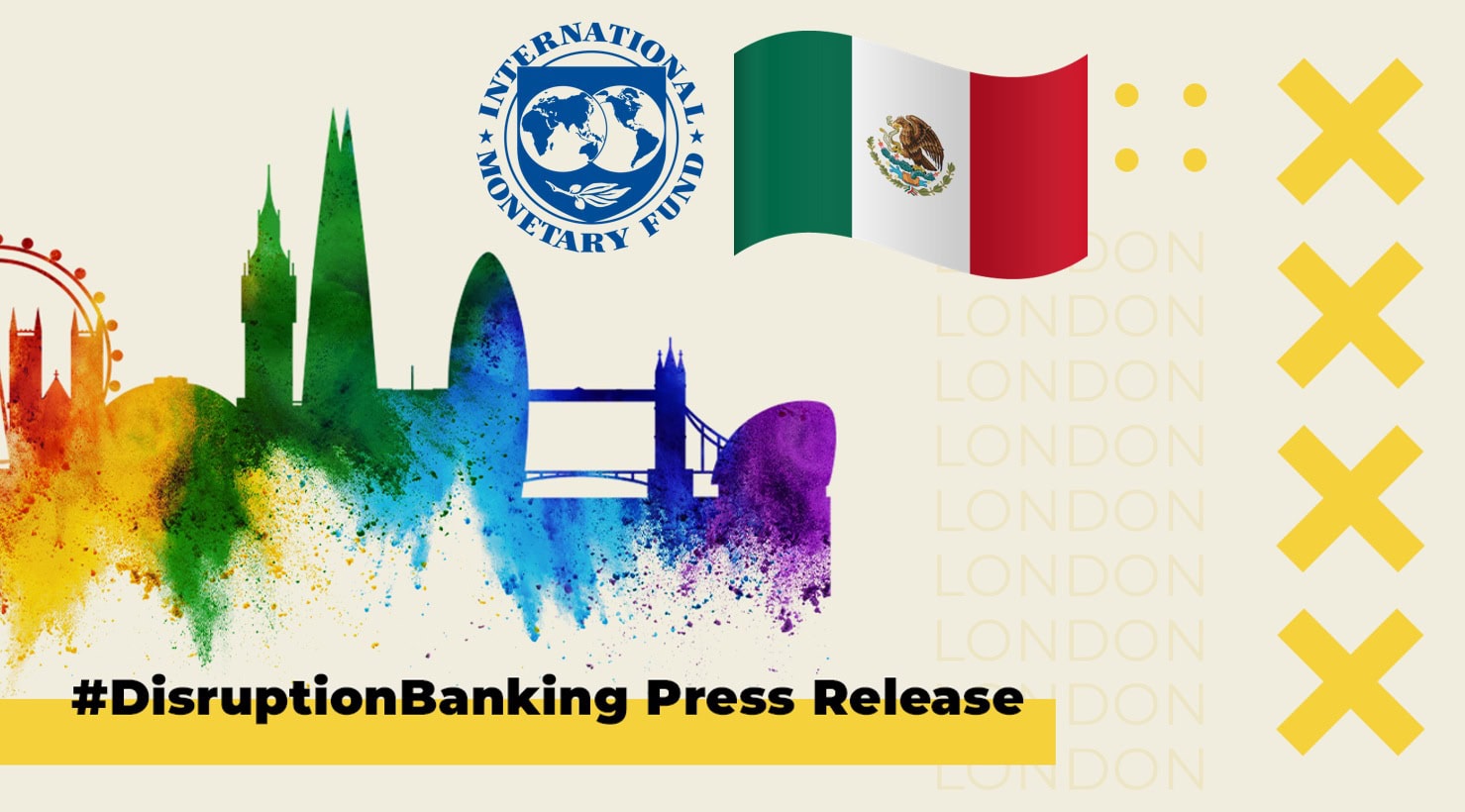The economic landscape in the developed world is dour at the present moment. Various factors have co-aligned to cause significant difficulties across Australia and Europe, spelling a period of serious hardship for businesses and households alike.
These difficulties have inspired central banks to variously increase the rate of interest in their areas of jurisdiction – in some cases, raising interest by the highest amount in several decades. Why are central banks raising interest rates, and what is the expected outcome of such rises?
Raising Rates
For one, the Reserve Bank of Australia has recently raised interest rates by a further 50 basis points – the fifth consecutive rise since May 2022, that brings the OCR (Official Cash Rate) to 2.35%. According to forex trader platform FXCM, the rise brings the OCR to its highest level in seven years.
Australia is not alone in its historic interest rate hike. The Bank of England has also increased its rate of interest multiply in 2022, with a 0.5 percentage point rise in August representing the single-biggest upward shift in interest in 27 years. A further 0.5 percentage point rise was also under consideration in early September, but had been postponed as a result of the death of Queen Elizabeth II.
Meanwhile, the European Central Bank has effected a 0.75 percentage point rise to interest rates across the Eurozone, bringing the rate of interest in the EU to 1.25%.
The Inflation Crisis
The multilateral increase in interest rates across Australia and Europe has occurred in response to growing financial challenges – in particular, the rising rate of inflation in these regions. In Australia, the same FXCM report shares that the Consumer Price Index, that tracks the increase in price of consumer goods over time, jumped to 6.1%. Further, the CPI could be expected to reach 7.75% by the end of the year.
In the UK, the inflation rate is even higher, having risen to a 40-year high of 9.1% and expected to hit double figures before the end of 2022. Europe has already seen certain member states hit double-figure inflation, with its more drastic hike in interest rate reflecting the urgency of the matter.
How Interest Rates Reduce Inflation
The philosophy shared by the Reserve Bank of Australia, Bank of England and European Central Bank is that raising rates of interest will have a mitigating impact on the rate of inflation. The philosophy stems from a complex logic, involving the interactions between banks and consumers and the rate of economic growth.
In essence, rising interest rates make the lending of money more expensive, both for banks and for consumers. As such, banking institutions are less incentivised to approve new lending agreements with consumers, and consumers are less incentivised to take out loans with higher attributed costs. This has a knock-on impact on the speed of economic growth; borrowing slows, and so does enterprise growth. As spending decreases, so too does the rate of inflation.
Potential Pitfalls
While rising interest rates can have a comprehensive cooling effect on national economies, it often comes at disproportionate personal cost. For example, the rising of interest rates causes the interest rate for mortgages to increase. For first-time buyers, this hike can be the difference between comfort and financial difficulty.
As such, governments need to tread a fine line between controlling rampant inflation and creating a different kind of hostile financial environment for their citizens. But whether the hikes undertaken around the world are enough to control inflation remains to be seen.
Author: Laura Dosil














